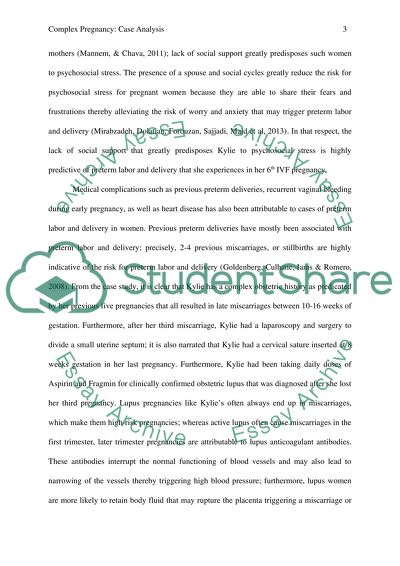Cite this document
(“Essay on a case relating to complex pregnancy Example | Topics and Well Written Essays - 2250 words”, n.d.)
Essay on a case relating to complex pregnancy Example | Topics and Well Written Essays - 2250 words. Retrieved from https://studentshare.org/nursing/1653713-essay-on-a-case-relating-to-complex-pregnancy
Essay on a case relating to complex pregnancy Example | Topics and Well Written Essays - 2250 words. Retrieved from https://studentshare.org/nursing/1653713-essay-on-a-case-relating-to-complex-pregnancy
(Essay on a Case Relating to Complex Pregnancy Example | Topics and Well Written Essays - 2250 Words)
Essay on a Case Relating to Complex Pregnancy Example | Topics and Well Written Essays - 2250 Words. https://studentshare.org/nursing/1653713-essay-on-a-case-relating-to-complex-pregnancy.
Essay on a Case Relating to Complex Pregnancy Example | Topics and Well Written Essays - 2250 Words. https://studentshare.org/nursing/1653713-essay-on-a-case-relating-to-complex-pregnancy.
“Essay on a Case Relating to Complex Pregnancy Example | Topics and Well Written Essays - 2250 Words”, n.d. https://studentshare.org/nursing/1653713-essay-on-a-case-relating-to-complex-pregnancy.


